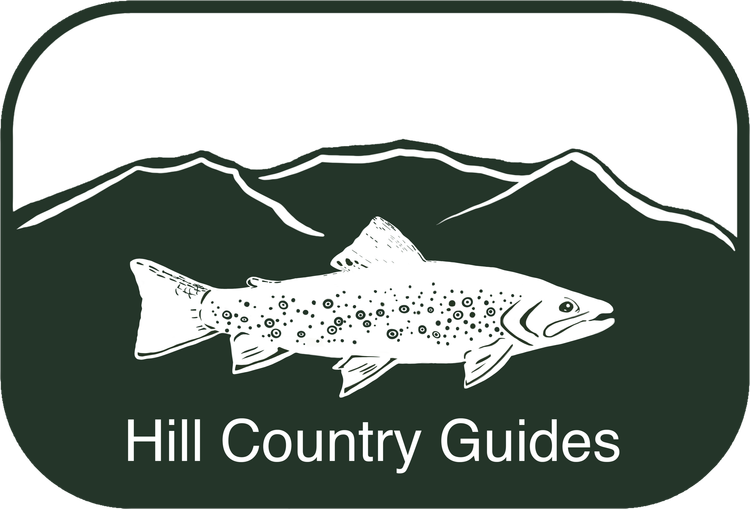Pike Trips
Pike Fishing Trips
HCG guides Nate Hill and Kevin Gordon Pike fishing on the Connecticut River.
Best time to Come: Mid-October to early December
Trip types: Full Day float/ Half Day Float
The Water:
The Connecticut River from Northumberland downstream is slow and meandering with oxbows and grassy banks that hold some of the largest Pike in the Northeast. In the fall Pike move from the depths of the river to grassy flats, oxbows, and banks to feed on schools of baitfish that congregate in these slower and slightly warmer habitats. The behavior of pike at this time of the year makes them ideal quarry for fly fishermen armed with heavy rods, steel leaders, big flies and long pliers. Pike average over 2 feet long and with fish over 4 feet long in the system there is a good chance you will see the largest freshwater fish of your life.
A long pause after the first bump convinced this Pike to eat Kevin’s fly.
What to Expect:
We guide pike trips out of our Stealth Skinny skiff and outcast pac 1300 raft. The skiff allows us to motor up and down the river in order to target the fishiest habitat without wasting time on unproductive water. The raft allows us access to water that hard boats simply can’t get to. We throw 5”-8” perch, trout, sucker, and fallfish patterns on 8-11wt rods using floating, intermediate and full sink lines to reach the changing depths where fish hold. We recommend these trips for anglers with at least some experience casting larger flies. The ability to double haul is a helpful skill, but the lighter smaller flies are surprisingly castable on the larger rods. Casting distance will vary but casts of 30 to 40 feet are typically sufficient.
The weather in October and November can range widely and pike fishing is often best on low pressure days so be prepared to dress warm. A winter hat, gloves and hand warmers can go a long way in keeping you casting all day long. Bite windows for pike are typically between the hours of 9am and 5pm so we have the luxury of fishing during bankers hours. Many of these trips do not require a shuttle as the slower waters allow us to motor up and down river.
Pike are a very unique quarry for fly anglers. Often residing in slower waters they have a good deal of time to inspect your fly. Although they are opportunistic ambush predators they are also lazy. They won’t waste energy chasing a meal that they might not catch so retrieves should include a lot of stalls and slow twitches. When pike do eat it takes them a second to close their mouths, but once they do they are much slower in spitting the fly than trout. It takes some practice but the ability to watch a 30+ inch fish swallow your fly and wait before you strip set is key in getting these fish to the boat. We look forward to showing you this fun game.


